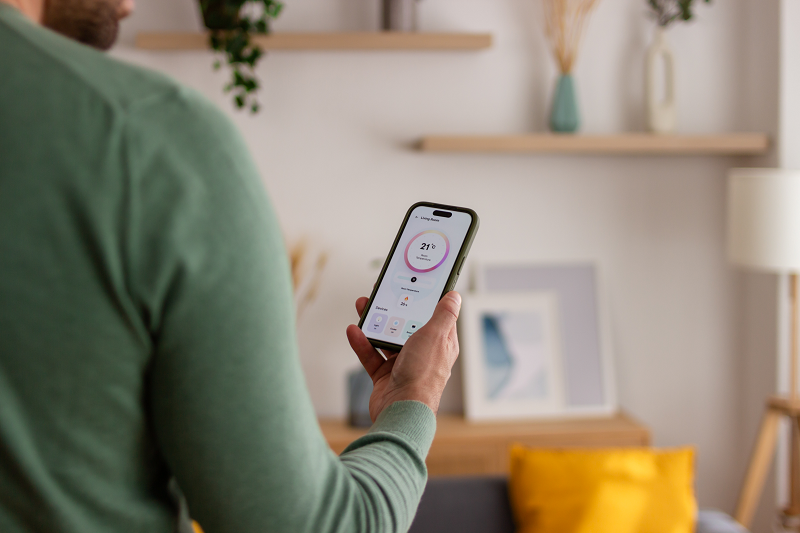As the multi-family industry rapidly embraces technology, the challenge is not just about adopting the latest innovations but ensuring they enhance, rather than replace, the resident experience. Artificial Intelligence (AI), centralization, and automation have transformed property management, yet the human touch remains an irreplaceable part of creating a thriving community.
The Right Way to Integrate AI into Amenities
AI-powered amenities can elevate the resident experience when used strategically. Here are the top trends and best practices for integrating technology into multifamily amenities:
1. Smart Home & Touchless Tech Solutions
Today’s renters, especially Gen Z and Millennials, expect seamless, app-based convenience. The latest innovations include:
- Smart access control: Mobile key entry, facial recognition, and biometric security.
- Voice-activated and app-controlled environments: Lights, thermostats, and even concierge services.
- Automated package rooms: AI-driven lockers and retrieval systems reduce the burden on staff.
- Wellness integration: Smart air purification, circadian lighting, and touchless fitness equipment provide added value to health-conscious residents.
2. AI in Resident Engagement & Experience
AI shouldn’t replace personal engagement—it should free up onsite teams to focus on what truly matters.
- AI-driven concierge services: Chatbots and virtual assistants handle routine requests, allowing human staff to focus on personal interactions.
- Predictive maintenance: AI detects potential issues before they escalate, minimizing disruptions.
- Personalized experiences: Data analytics can tailor amenity offerings to match resident preferences, increasing satisfaction and lease renewals.
3. Centralization Done Right
Many property management firms are centralizing services like leasing inquiries and maintenance requests to offsite hubs or AI-driven platforms. While this improves efficiency, the onsite experience must remain a priority.
- Self-service kiosks & virtual leasing agents: Provide 24/7 accessibility without eliminating personal support when needed.
- Hybrid staffing models: AI handles routine tasks while onsite teams focus on fostering relationships and community-building.
- Resident feedback loops: AI can collect and analyze feedback, but real action requires a human element to implement meaningful changes.
4. The Rise of Wellness Amenities
Wellness is a growing priority for renters, particularly Gen Z, who value convenience, immediate access, and self-care. AI-driven and touchless wellness solutions reduce manpower while enhancing the resident experience. Key trends include:
- Wellness recovery tools & spaces: Offer high-tech relaxation and recovery options such as Hyperice, Normatec boots, Human Touch massage chairs, and Aescape robotic massage therapy.
- App-based wellness platforms: Bring wellness to residents’ fingertips with community apps that provide:
- Virtual fitness classes
- Personal training sessions
- Nutrition guidance
- Booking capabilities for live wellness sessions within the building
- Health and wellness tracking tools like InBody and Technogym Checkup
- AI-powered fitness centers: Touchless gym equipment and smart personal training programs ensure seamless and personalized workout experiences.
What Not to Do: The Pitfalls of Over-Automation
While technology is a powerful tool, missteps can alienate residents rather than engage them. Here’s what to avoid:
- Eliminating human interaction: A fully automated leasing process may be efficient but lacks the personal touch that builds trust.
- Ignoring the digital divide: Not all residents are tech-savvy. Always offer traditional service options alongside AI solutions.
- Tech for tech’s sake: Every innovation should serve a purpose. Overcomplicating basic processes can frustrate users rather than enhance their experience.
Final Thoughts: A Tech-Human Balance is Key
The future of multifamily living lies in integrating AI and automation without losing sight of what truly makes a community thrive—connection, service, and engagement. By leveraging the right technology in the right way, property managers can create more efficient, enjoyable, and resident-centric living environments.





